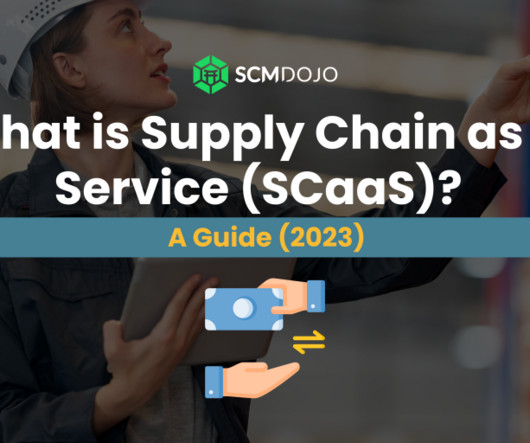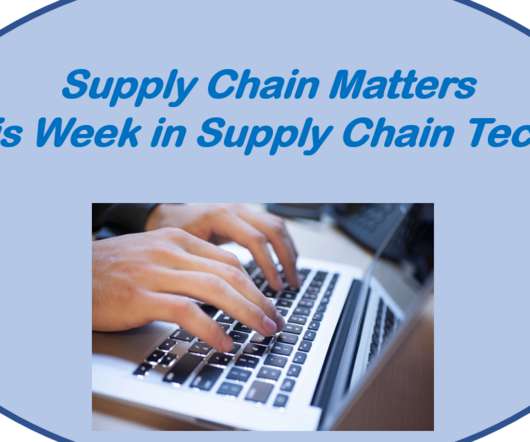Market Beat. Four Thumbs Down and One Thumb Up.
Supply Chain Shaman
NOVEMBER 11, 2020
Globally ten percent of jobs are in manufacturing, while 37% are associated with supply chain management. The discipline, first defined in 1982, includes source, make, deliver, and planning functions. The Palantir approach is not a good fit for the supply chain management market. The supply chain career is new.

























Let's personalize your content